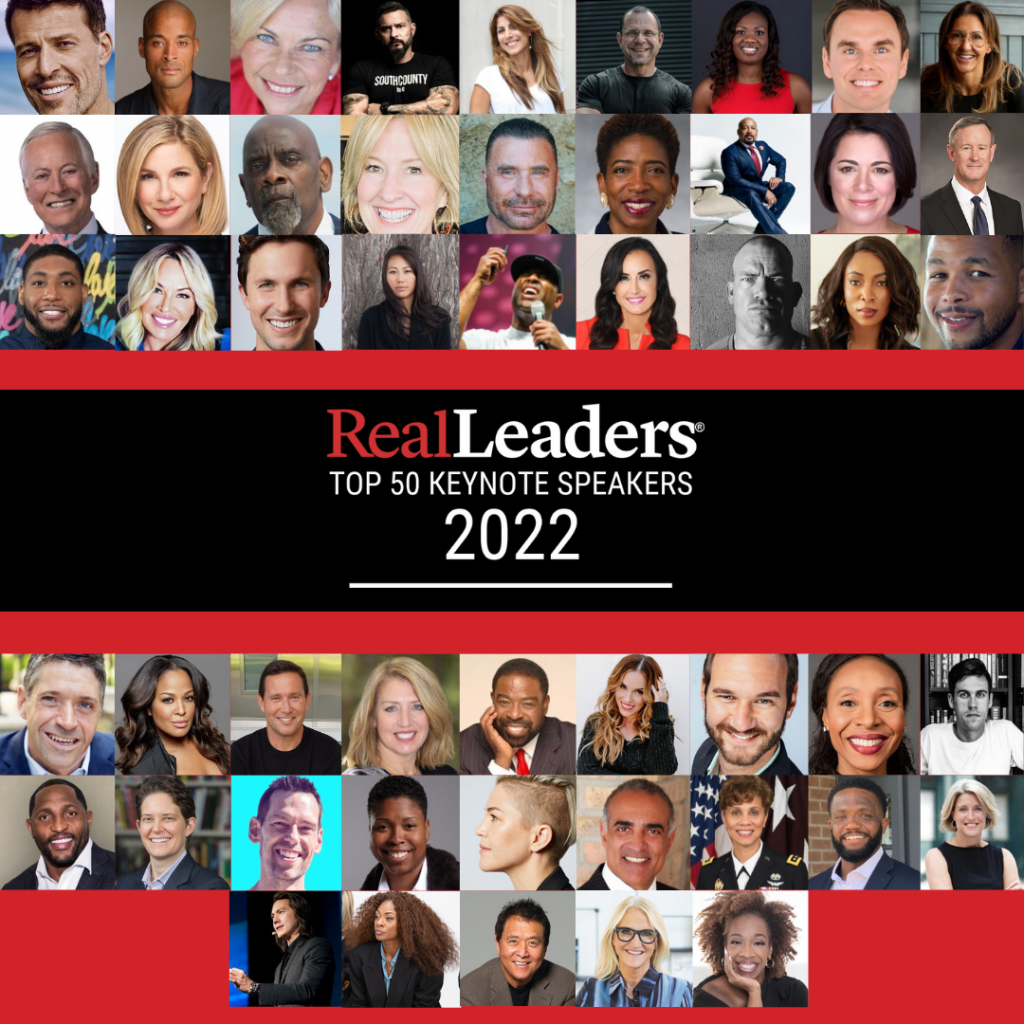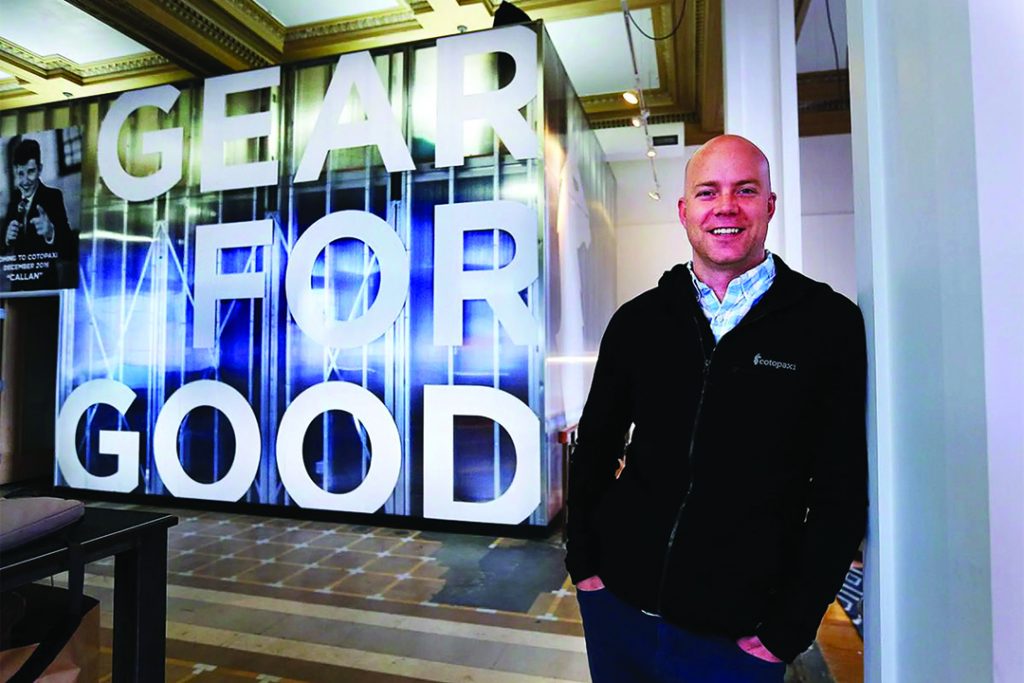Neurodiversity: Your Competitive Advantage

David Aspinall is changing how employers think about working with neurounique individuals.
David Aspinall is CEO of auticon US, a for-profit social enterprise that provides high-quality technology careers to autistic adults. As the world’s largest autistic-majority technology company, 300 of auticon’s 400 employees are on the autism spectrum. His organization also helps other companies become more inclusive of neurodivergent employees by hiring talented autistic technology professionals and integrating them into their companies.
Auticon helps ensure success by providing ongoing coaching and project management to support the employee and the employer. It’s a fascinating business model that supports autistic employees so they can thrive and build long-term careers while helping companies learn how to work with neurodivergent employees and create a more inclusive workplace.
Aspinall was brought in as CEO three years ago specifically to grow the business and increase its social impact. “It’s important that people know we are not a charity,” he says. “We support charitable organizations and legislative efforts, but at the end of the day, we are growing a business that has a social mission.”
The autistic community suffers from an 85% underemployment rate. “What’s amazing is that while it’s a community of people that suffers from an extremely high unemployment rate, many of those traits that may have previously precluded that individual from obtaining a market salary job — if you properly support that individual — are traits that can actually translate into an advantage in the workplace.”
Aspinall points out that this is not about companies being altruistic or doing the right thing. Auticon is providing a performance advantage, such as the ability to spot patterns in large amounts of data, repetitive tasks, and the ability for an employee to apply themselves to the process until the process is complete.
“The cognitive strengths allow these individuals to look at a problem in a different way, to solve a technology problem in a way that a neurotypical individual may not have considered,” he says.
Neurodiversity is an often-overlooked part of a wider discussion about diversity, equity, and inclusion (DEI). “We can make an impact on corporate America’s DEI not only by being a vendor of talent but also by teaching our clients how to be neuro-confident, neurodiverse, and neuro-inclusive,” he says.
For many organizations, DEI is treated like compliance training, he says. “You get to the office the first week of January, and you’ve got your 15 trainings lined up on all the compliance stuff that you’ve got to cover for the next year, and one of them happens to be on diversity. But it’s only through experience that organizations understand what it means to be neurodiverse and neuroinclusive. You build these pockets of culture within your organization so that employees
understand and experience what it means to drive a neuroinclusive culture.”
Aspinall is a strong believer in the role of business to drive social change. “Our top line grows when clients use our services, but our services are 100% facilitated and executed by people who represent our mission. This connectivity between our business and our social mission is unbreakable. We can’t do one without the other. Our social mission is the success of the company.”
Part of auticon’s mission also includes deepening the understanding in corporate America about neurodivergence. “There’s a level of concern, maybe fear, around the language,” he says, “because in a corporate environment, we’re trained to speak appropriately to different personas like clients or coworkers. But the language of neurodiversity sometimes throws people off because there’s this notion of first-person language and thirdperson language, and because of all this training — and because typically, we’re all naive people — we don’t want
to offend. The fear of offending is the thing that most precludes people from getting involved.”
The truth, Aspinall says, is that we are surrounded by neurodivergence all the time — ADHD, dysgraphia, or dyslexia, for example — whether we know it or not. “Every day of our life, we’re in a neurodiverse environment. Don’t worry so much about offending … There’s only one thing to worry about, and that is inaction.”
When educating your team, the best strategy, he says, is an experiential approach in a safe environment. “Employees need a safe opportunity to understand neurodiversity and what it means to work with neurodistinct people so they realize there’s nothing to be afraid of. It’s about understanding somebody’s preference and acknowledging how they want to be communicated with — and we should be doing that as a normal course of business anyway, right?”
Aspinall points out that when most people think of DEI, they think first of things like race, gender balance, and sexual orientation. “There are competing priorities within diversity, equity, and inclusion,” he says, “and it’s not our role to diminish those other priorities. But when you think about what those words mean, it’s easy to include different cognitive approaches within a wider DEI framework. Corporate America is on a growth curve when it comes to awareness of this topic. We are starting to see it discussed more in the CEO’s office instead of only the head of DEI. We’ve seen that kind of pivot happening in organizations in the last several months as they realize the topic of neurodiversity does belong in the wider framework of their leadership.”
Aspinall says he is happy to make himself available to anyone who wants to broaden their company’s DEI initiatives to include neurodiversity. “I’ll talk to someone leader to leader, or just provide some education or reference material,” he says. “Leaders often ask me, ‘How do I recruit from this community?’ and that’s the wrong place to start. The right place to start is to understand who is already within your organization and how you can support them,” he explains.
“Ask somebody who has disclosed that they are neurodistinct what it is that they need to be productive. Understand what’s already going on within your organization before you go out into the community and recruit because you need to understand what you’re recruiting into. There’s a tendency for leaders to look outwards and look for cutting-edge ideas in their search to have a competitive advantage. But if you look inwards and understand your organization first, that’s going to inform everything you need to do in DEI.”
Subscribe today and gain a strategic advantage from the emerging trends and best leadership practices found within Real Leaders magazine.





Responses